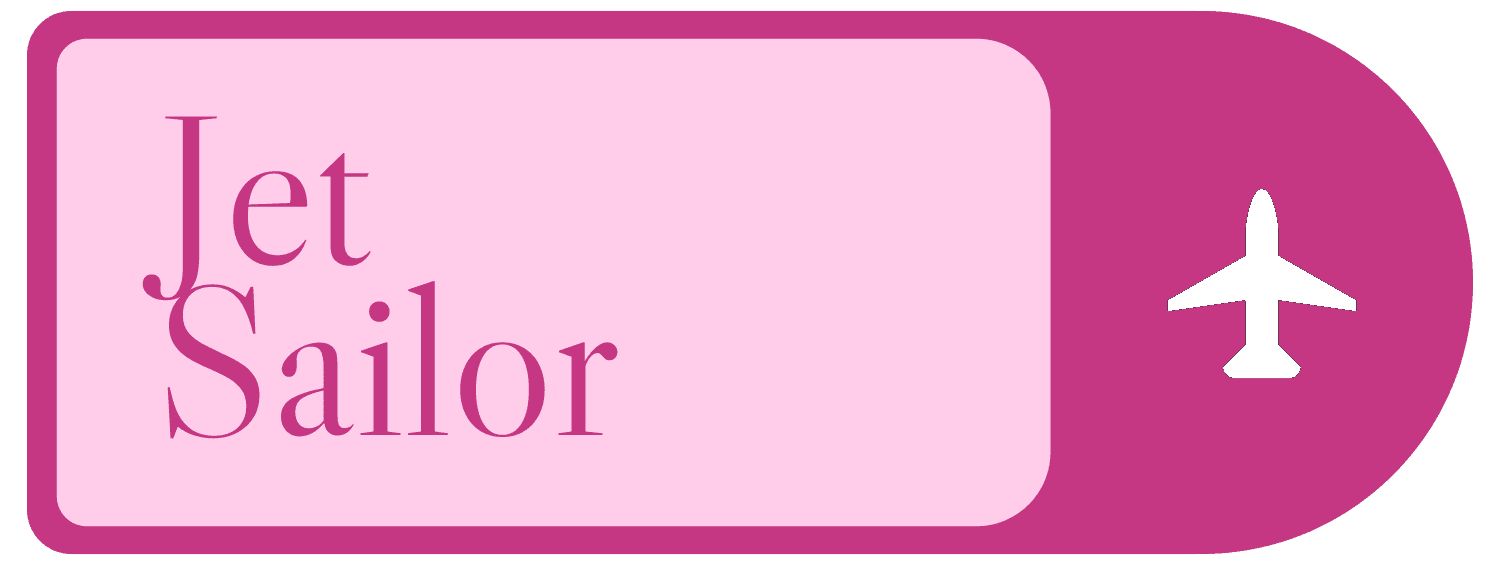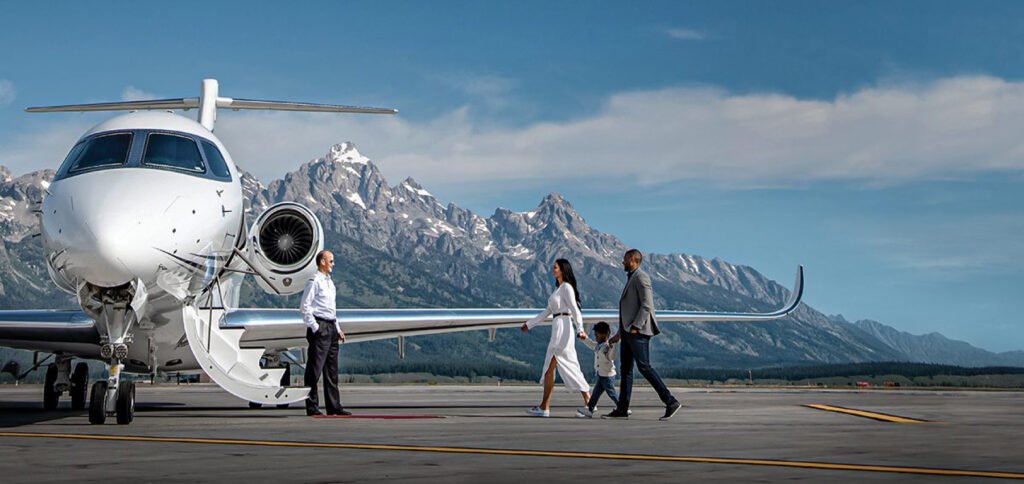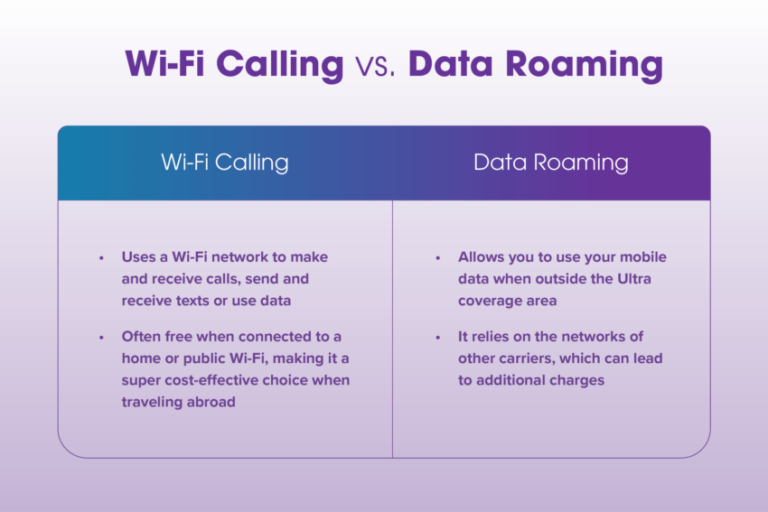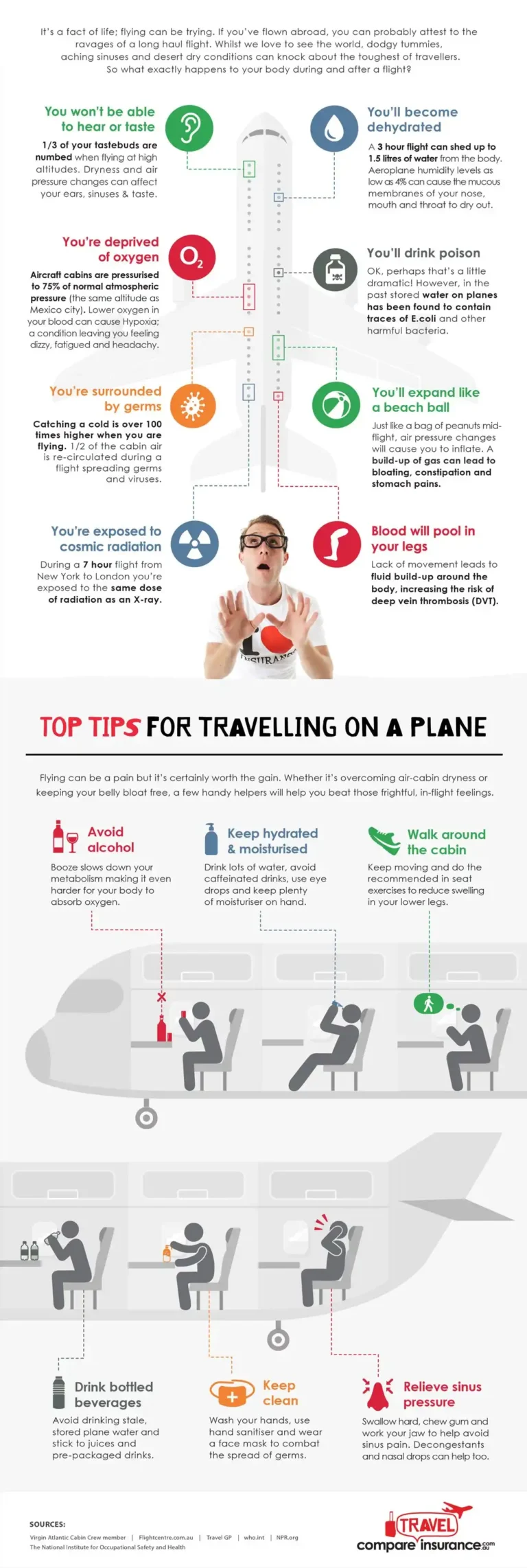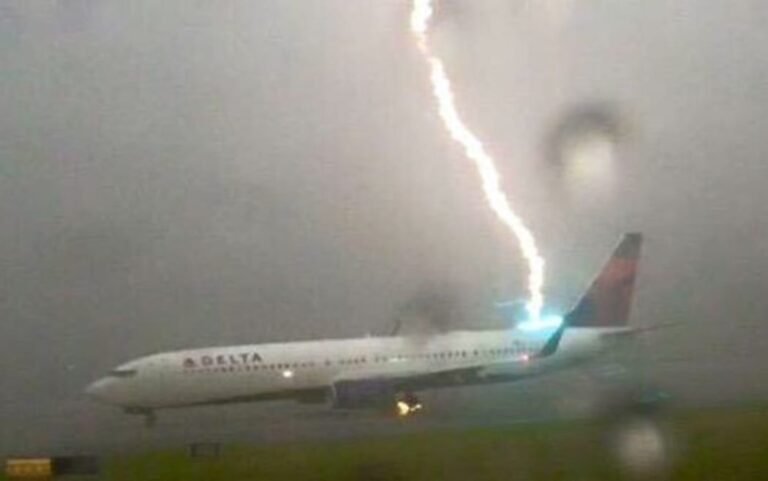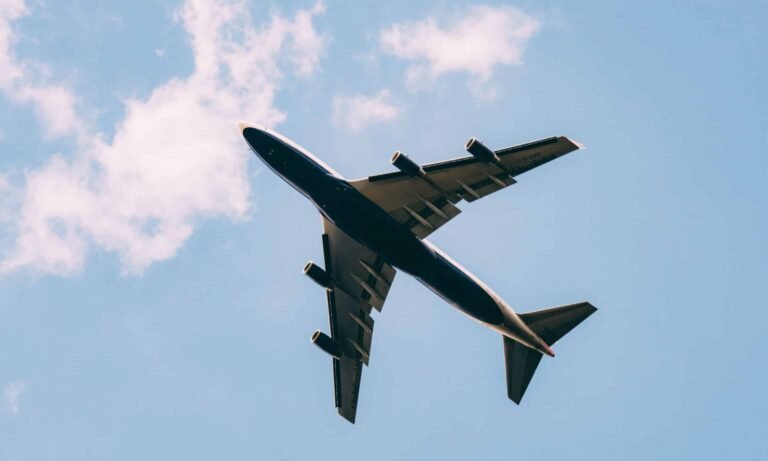Is It Safer to Fly by Private Jet Than With an Airline? Discover Now
Private jets offer enhanced privacy and personalized service, but airlines adhere to rigorous safety standards, making both options secure when operated by certified providers.
Both options have their safety measures and risks. Flying is one of the safest modes of travel. But, many people wonder if private jets offer an edge in safety. Private jets provide a more personal flying experience. They often use smaller, less crowded airports.
This can reduce some risks. On the other hand, commercial airlines have strict regulations and large fleets. They follow rigorous safety standards. So, which is safer? Let’s explore the factors that can influence safety in both private jets and commercial airlines. We’ll look at the pros and cons to help you make an informed decision.
Safety Statistics
Many travelers wonder about the safety of flying by private jet versus commercial airlines. Understanding the safety statistics can help make an informed decision. Here, we will explore the numbers and facts.
Accident Rates Comparison
Accident rates differ between private jets and commercial airlines. Private jets have fewer flights, affecting their statistics. Here is a comparison:
| Type | Accidents per 100,000 Hours |
|---|---|
| Private Jets | 1.2 |
| Commercial Airlines | 0.1 |
Commercial airlines have lower accident rates. This is due to stricter regulations. They also have advanced safety technologies.
Fatality Statistics
Fatality statistics also provide insight into safety. Let’s compare the fatality rates:
- Private Jets: 1.5 fatalities per 100,000 hours
- Commercial Airlines: 0.03 fatalities per 100,000 hours
Commercial airlines have fewer fatalities. This makes them statistically safer. Private jets, though, often fly in different conditions. They may fly in weather that commercial flights avoid.
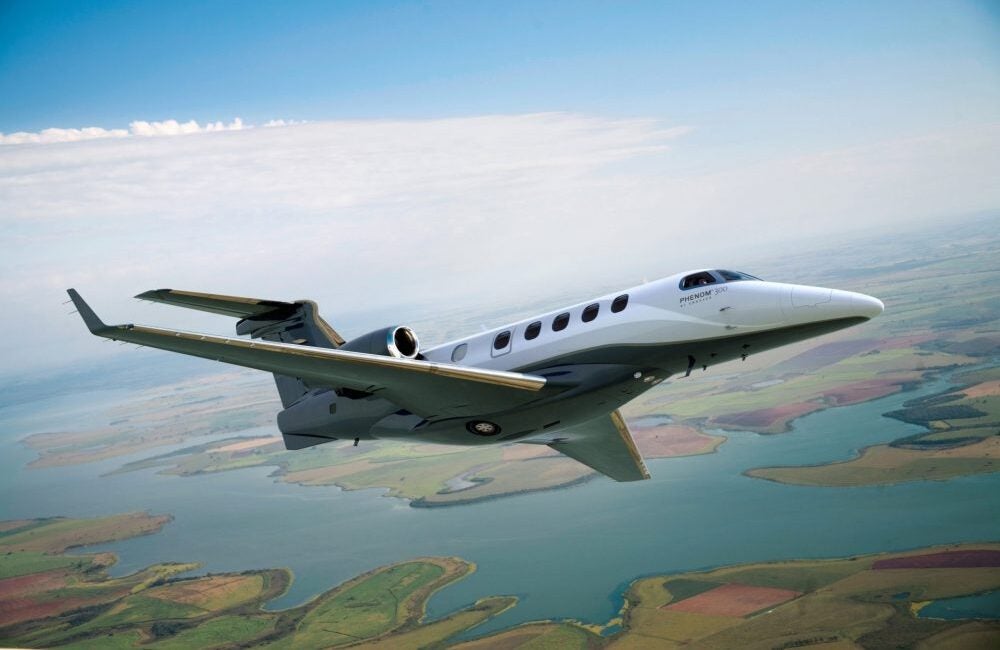
Credit: elitetraveler.com
Pilot Training And Qualifications
One important factor in determining if flying by private jet is safer than flying with a commercial airline is pilot training and qualifications. Understanding the differences in training standards and requirements can provide insight into the safety of each option.
Private Jet Pilot Requirements
Private jet pilots must meet stringent requirements. They need a commercial pilot license (CPL) and an instrument rating. Typically, they also have an airline transport pilot (ATP) certificate.
Here are some key qualifications for private jet pilots:
- Minimum of 1,500 flight hours
- Completed flight school training
- Passed written and practical exams
- Regular medical exams
Private jet pilots often undergo additional training for specific aircraft models. This ensures they are well-versed in the controls and systems of the jet they fly.
Commercial Airline Pilot Standards
Commercial airline pilots must meet even more rigorous standards. They usually start their careers in regional airlines before moving to major airlines.
Key qualifications for commercial airline pilots include:
- Minimum of 1,500 flight hours
- Airline transport pilot (ATP) certificate
- Regular recurrent training
- Bi-annual medical exams
Commercial airline pilots also receive extensive training in emergency procedures. They participate in recurrent training every six months. This ensures they are always prepared for any situation.
Both private jet and commercial airline pilots are highly skilled and well-trained. Their rigorous training and qualifications contribute significantly to the overall safety of air travel.
Aircraft Maintenance
Aircraft maintenance is a crucial aspect of aviation safety. Both private jets and commercial airlines follow strict maintenance protocols. The goal is to ensure the highest standards of safety and reliability. Understanding the differences in their maintenance procedures can help you make an informed decision about your travel options.
Private Jet Maintenance Protocols
Private jet companies often go above and beyond in maintenance. They adhere to stringent standards set by aviation authorities. Many private jet operators schedule maintenance more frequently than required. This proactive approach helps in identifying potential issues early. It ensures that the aircraft is always in top condition. Technicians who service private jets are highly specialized. They receive training on specific jet models. This focus on specialized training enhances the quality of maintenance. Additionally, private jets undergo meticulous inspections before every flight. This extra layer of scrutiny further guarantees safety.
Airline Maintenance Procedures
Commercial airlines also follow rigorous maintenance standards. They adhere to guidelines set by regulatory bodies like the FAA. Airlines have large fleets, so they use advanced systems to track maintenance needs. This ensures no aircraft misses a scheduled check. Airlines employ a large team of experienced technicians. These technicians handle various aircraft types. Regular maintenance checks occur at set intervals, depending on flight hours and cycles. Airlines also conduct detailed inspections and repairs during overnight stays and downtime. This ensures aircraft remain airworthy and safe for passengers.

Credit: www.globeair.com
Security Measures
Security measures are crucial when flying, whether on a private jet or a commercial airline. These measures ensure passenger safety and protect against potential threats. Understanding the differences in security protocols can help you make an informed decision about your preferred method of travel.
Airport Security For Airlines
Commercial airlines follow strict security protocols. Passengers must go through multiple layers of screening. This includes passing through metal detectors, body scanners, and luggage checks. Security personnel check for prohibited items and ensure all passengers follow safety regulations. The process can be time-consuming and stressful. Large crowds and long lines are common.
Private Jet Security Protocols
Private jet security is more streamlined. Passengers often use private terminals, known as FBOs (Fixed Base Operators). These terminals have fewer passengers and shorter lines. Security checks are still thorough but less intrusive. Private jet passengers usually undergo background checks before boarding. This ensures a high level of security without the stress of commercial airport procedures.
Operational Control
Operational Control is a crucial factor in determining the safety of a flight. It refers to the authority over flight operations, including decisions about routes, weather, and safety protocols. Understanding the differences between private jet flight operations and airline operational control can help in assessing the safety levels of both options.
Private Jet Flight Operations
Private jets often allow more direct control over flight plans. The owner or charter company can make decisions quickly. This flexibility often leads to quicker responses to changing conditions. Pilots of private jets often have more personalized knowledge of their aircraft. They can make safety decisions tailored to the specific jet and passengers.
Airline Operational Control
Airlines follow strict operational protocols. These protocols are set by national and international aviation authorities. Airline pilots follow standardized procedures for all flights. This ensures a high level of safety and reliability. Airlines have dedicated teams monitoring weather, routes, and other factors. These teams provide continuous support to pilots. This can help in making informed decisions during the flight.
Emergency Response
Emergency response is a crucial aspect of air travel. Passengers often wonder about the safety measures in place. Understanding emergency procedures can provide peace of mind. Let’s explore the differences between private jet and airline protocols.
Private Jet Emergency Procedures
Private jets have specific emergency procedures. These procedures are tailored to their smaller size and fewer passengers. Crew members receive extensive training to handle emergencies. They follow strict guidelines to ensure passenger safety. The smaller cabin space allows for quick and efficient actions.
Pilots often have more direct communication with passengers. This can help in calming and directing them during emergencies. Private jets also have advanced safety equipment. This includes oxygen masks, life vests, and first aid kits. These tools are easily accessible and well-maintained.
Airline Emergency Protocols
Airlines have comprehensive emergency protocols. These protocols are designed for larger aircraft and more passengers. Crew members undergo rigorous training to manage emergencies. They practice evacuation drills, fire response, and medical emergencies.
Airlines use a well-structured communication system. This system helps coordinate responses between crew, passengers, and ground staff. The larger cabin space can pose challenges. But it also allows for more extensive safety equipment. This includes multiple exits, slide rafts, and fire extinguishers. Airlines also comply with international safety regulations. These regulations ensure a high standard of emergency preparedness.
Passenger Experience
Flying by private jet offers a distinct passenger experience. This experience differs greatly from commercial airline travel. Passengers on private jets enjoy unique benefits. Let’s explore these in detail.
Comfort And Convenience
Private jets provide unmatched comfort. The seating is luxurious with ample legroom. Passengers can move freely and enjoy privacy. The cabins are quieter and more spacious.
Convenience is another key benefit. Private jets operate on flexible schedules. Passengers can avoid long lines and crowded terminals. They can arrive at the airport just minutes before departure.
Safety Briefing Differences
Safety briefings on private jets are more personal. The crew often knows each passenger by name. The briefing is tailored to the specific aircraft. It is detailed and easy to understand.
On commercial flights, briefings are standardized. They are often delivered via recorded messages. The information can feel generic. Passengers may not pay close attention.
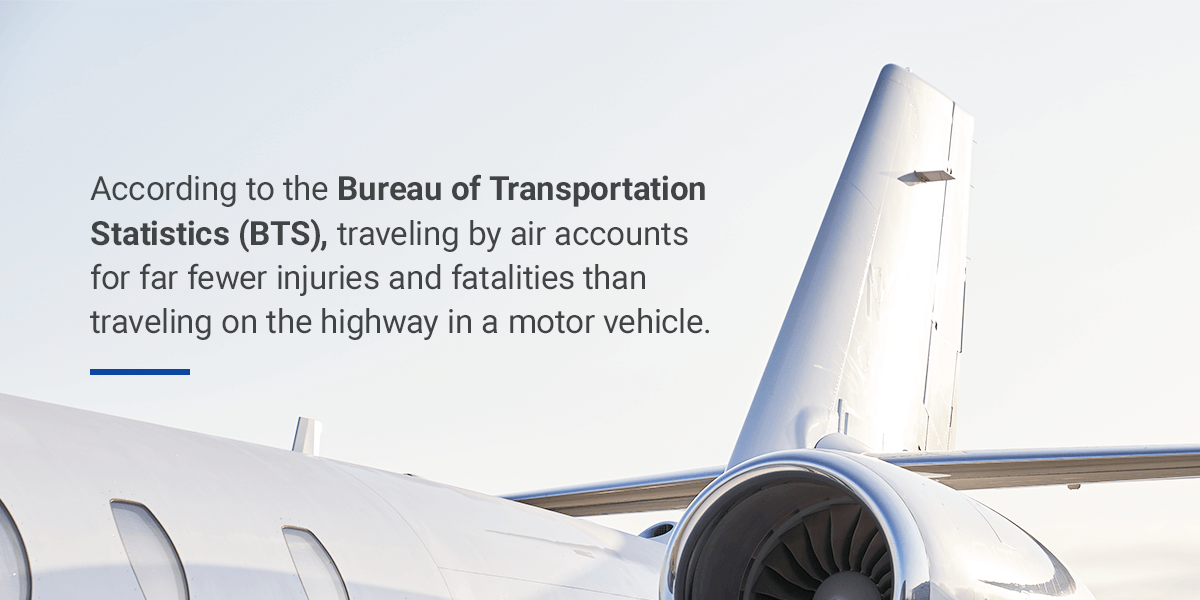
Credit: l33jets.com
Frequently Asked Questions
Is Flying By Private Jet Safer?
Private jets offer enhanced security and privacy. They often avoid crowded airports and follow strict safety protocols. However, safety also depends on the operator’s standards.
Do Private Jets Have Fewer Accidents?
Private jets generally have fewer accidents due to rigorous maintenance and experienced pilots. However, statistics can vary based on different factors.
Are Pilots On Private Jets More Experienced?
Many private jet pilots have extensive experience and training. They often fly more hours and handle various flight conditions.
How Do Private Jet Security Measures Compare?
Private jets have stringent security measures, including thorough background checks and advanced screening. This ensures passenger safety and privacy.
Conclusion
Flying by private jet offers personalized security and comfort. Airlines, however, follow strict safety regulations. Both options have their advantages. Your choice depends on your priorities. Consider convenience, privacy, and cost. Understand your travel needs and make an informed decision.
Safety is a key factor. Evaluate all aspects before booking your next flight. Make the best choice for your peace of mind. Happy and safe travels!
